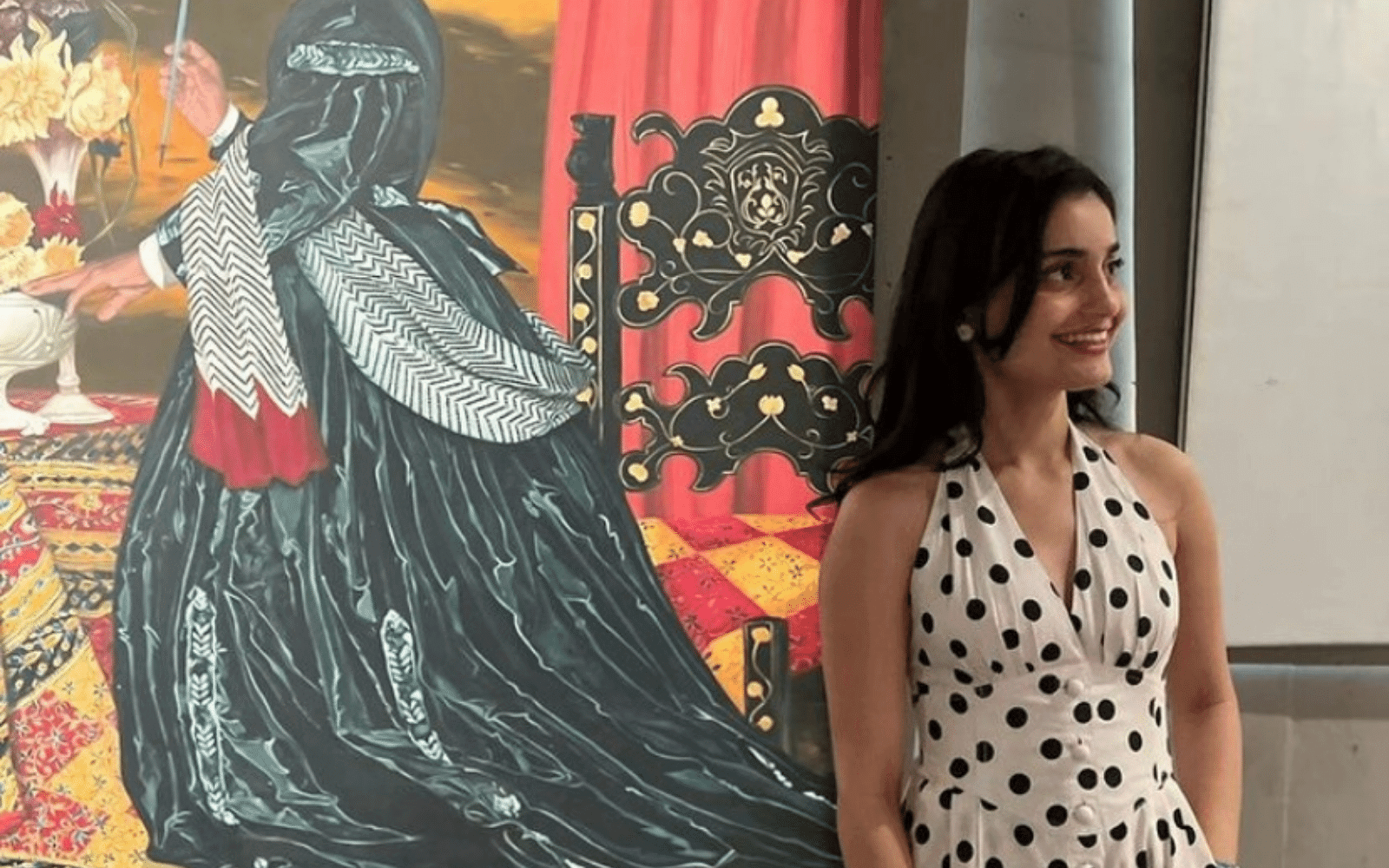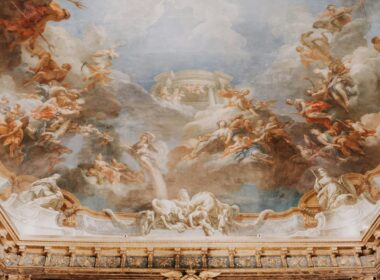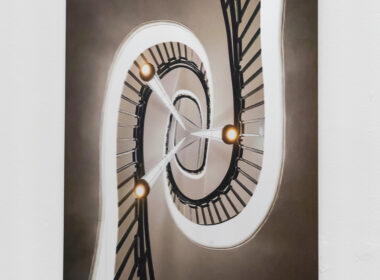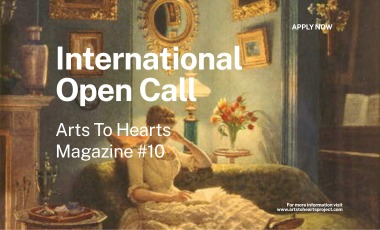
10 Tips for Emerging Artists & New Collectors by Teesta Bhandare


Are you an emerging artist? or a new art collector? Here are some tips for you to get started!
FIVE TIPS FOR EMERGING ARTISTS
1. Do NOT sign with the first gallery that approaches you
Signing with a gallery may sound like the end all to a lot of your problems, especially when it comes to issues around promotions. But make sure that the gallery you sign with is the right fit for you. Every gallery has a ‘personality’, you can get to know a gallery’s personality better by going through their artist roster, try speaking to these artists about their experiences with the gallery, speak to those in managerial positions of the gallery to understand how the gallery is run.
2. Do not underestimate a contract
Read the contract, I cannot say this enough. Once you sign of your free will (which you will almost always do), then you are bound by all the terms of the contract. Watch out for exclusivity, commission and copyright licensing clauses. Make sure any terms that are non-negotiable for you are included in the contract, even if the other side has drafted it. You are within your rights to renegotiate a contract BEFORE signing. If the gallery or exhibitor does not have a contract, insist on one. It prevents confusion in the future. If a contract confuses you, or if the idea of reading one is scary, approach an independent legal advisor and ask them to go over it for you. This can be a law firm or a family friend, relative, friend of friend (anyone who is a qualified lawyer, this does not have to be expensive).
3. Alternative routes of promotion
In addition to your website (yes you need one), make sure you are active on social media platforms: instagram is an obvious one. There are others as well, such as Patreon. It allows young artists to develop a client base by providing various levels of subscription. Join artist collaborations where artists promote each other, and make use of artist support movements such as Art Chain India.
4. Selling is a curve
Do NOT overprice your work. A collector is taking a chance on you, you should focus on fostering an inclusive and democratic environment for your collectors. Setting reasonable prices for your works will encourage them to approach you. At the same time do not underprice your work. Know your worth and do not over or undersell, make sure you are at the very least able to recover the resources that you put in.
5. Focus on group shows
A group show lets collectors know that there are other artists who want to be seen with you. It lets collectors know that a curator thought you are comparable to the artists you are being displayed alongside. If you are exhibiting with more senior artists it conveys that whoever placed you there thinks you have the potential to be compared or are already at par with such artists. If you are lucky enough to self-fund a solo show, by all means do a few to promote yourself, but self-funded solo shows should not be the primary means by which you exhibit your work.
FIVE TIPS FOR NEW COLLECTORS
1. Buy what YOU like
Don’t look for ‘the next big thing’ or ‘investments’, buy what you like. If you are buying art as an investment (art is considered an investable asset class), enlist in the help of an art advisor. It’s better than taking shots in the dark and misappropriating a limited budget.
2. A gallery can sometimes act as an extra vote of confidence
Buying work from a gallery can often be more expensive (they charge their commissions, as well as GST). Artists who sign with galleries often have an ‘exclusivity clause’ in their contracts. This means that the artist cannot sell to you directly or through any other source. However, the added price is not always a bad thing. Galleries conduct due diligence, have been tracking artist careers for years and have the experience to know when an artist’s value will increase. So if you are looking for a work that will increase in value, veering towards the route of gallery represented artists may be advisable, especially if you are buying without any outside assistance.
3. Do not buy everything in one go
This is something I learnt from my own early experiences. Do not buy everything at once, collecting is a slow process. With limited funds you want to be sure you have enough to buy in the future, you never know how your tastes will evolve and which artists you have yet to discover.
4. Always ask for an authenticity certificate
Whether you are buying from a gallery, or directly from the artist always be sure to ask for an authenticity certificate. The certificate should include an image of the work, signature of the artist, details of the work (title, medium and dimensions).
5. Don’t forget GST
12% GST is always added on top of the purchase price of a work. Also if you are charged 18% GST, ask for a new invoice charging the correct amount of GST which is 12% for visual art. Sometimes when you buy directly from an artist, you may not have to pay GST, since artists/organisations need to be registered to charge GST and this registration is based on a minimum annual revenue. Not all artists will have registered for GST.
About the author
Teesta Bhandare is a corporate lawyer living in New Delhi. She has also studied Art History and has a Post Graduate Diploma in Art Law. She is a millennial collector who focuses on generational collections.Bhandare also advises other collectors on starting and evolving their collections by adding Indian and international artists. Through her website Bhandare spotlights emerging and middle-career artists, and provides a pro bono legal resources where artists and collectors can gain awareness about their rights.
Find her on
Instagram: @teestabhandare
Website: https://teestabhandare.com
















Comments 19